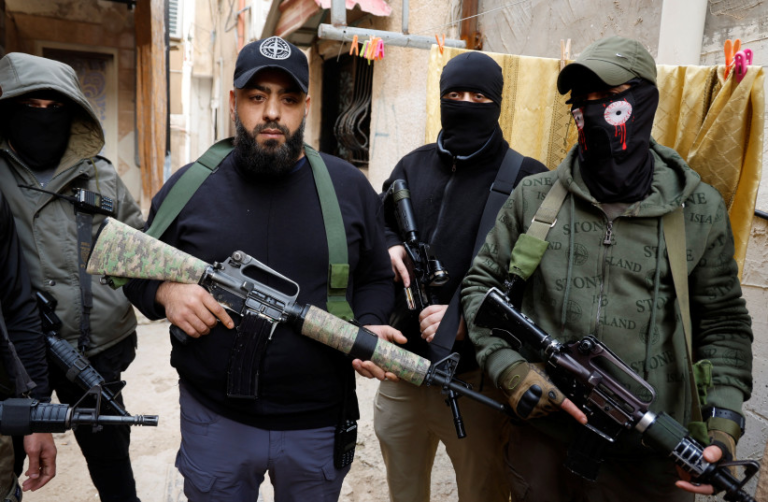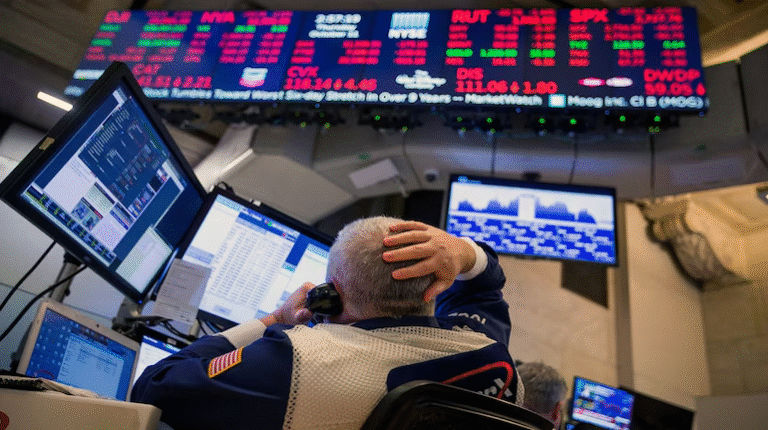
Nepal is witnessing its worst political unrest in years, with over 100 pro-monarchist protesters arrested in Kathmandu after violent clashes with security personnel. The protests have left two people dead, including a journalist, and injured over 30 others

What Sparked The Protests?
The pro-monarchist agitation was triggered by renewed calls for reinstating the monarchy and declaring Nepal a Hindu kingdom—a system abolished in 2008 following a peace agreement that ended a decade-long civil war which claimed more than 16,000 lives.
On Democracy Day (February 19), former King Gyanendra Shah released a video message appealing for public support, further emboldening monarchist groups. Additionally, a rally was held on March 9 in support of the former king upon his return to Kathmandu from a religious visit.
Escalation of Violence
The protests turned violent on Friday when Durga Prasai, the convenor of the agitation, broke through security barricades in a bulletproof vehicle and attempted to head toward Baneshwor, where the Parliament building is located.
- 14 buildings were set on fire.
- Nine government vehicles and six private vehicles were vandalized or torched.
- Offices of Kantipur Television and Annapurna Media House were attacked by protesters.
According to the Kathmandu District Police Range, the incident resulted in injuries to:
- 53 police personnel
- 22 Armed Police Force personnel
- 35 protesters
Government Response
Authorities imposed a curfew in the Tinkune area near Koteshwar, Kathmandu, which has since been lifted. The Nepal cabinet condemned the violence and discussed measures to address the deteriorating security situation.
Former Prime Minister Pushpa Kamal Dahal ‘Prachanda’ accused Gyanendra Shah of orchestrating the unrest, calling for a thorough investigation and demanding that the former king be held accountable.
Underlying Causes Of Unrest
- Economic Struggles: Economic instability, joblessness, and poverty have left many Nepalis frustrated.
- Political Corruption: Frequent allegations of corruption against politicians have eroded public trust.
- Identity Crisis: A segment of the population believes a return to a Hindu monarchy would restore stability and national identity.
What’s Next?
The government has vowed to take all necessary steps to prevent further demonstrations by pro-monarchy and pro-Hindu parties. Meanwhile, authorities are searching for Durga Prasai, who remains at large.
The situation remains tense, with the potential for further violence if demands for a return to monarchy continue to gain traction.






